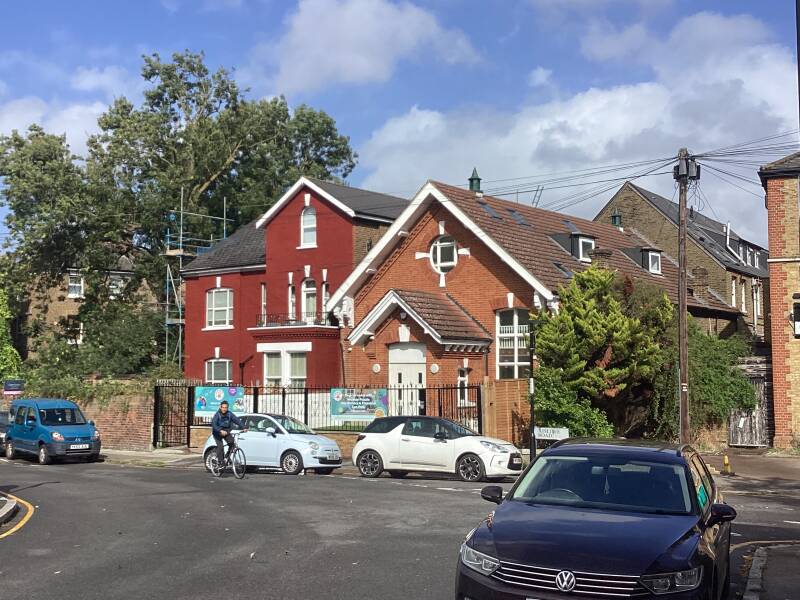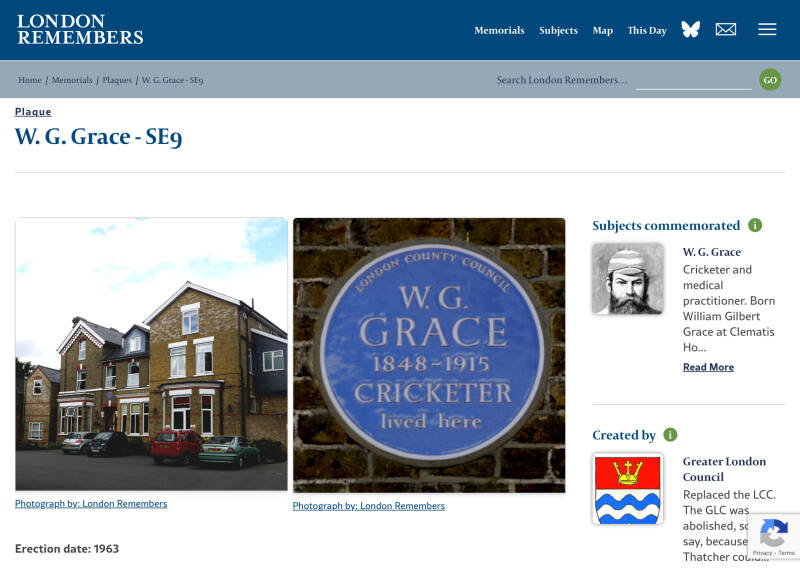
ELTHAM PARK, NEW ELTHAM, MOTTINGHAM, LEE, and HITHER GREEN
Foots Cray Road
SOUTHEND HOUSE






BRISBANE HOUSE

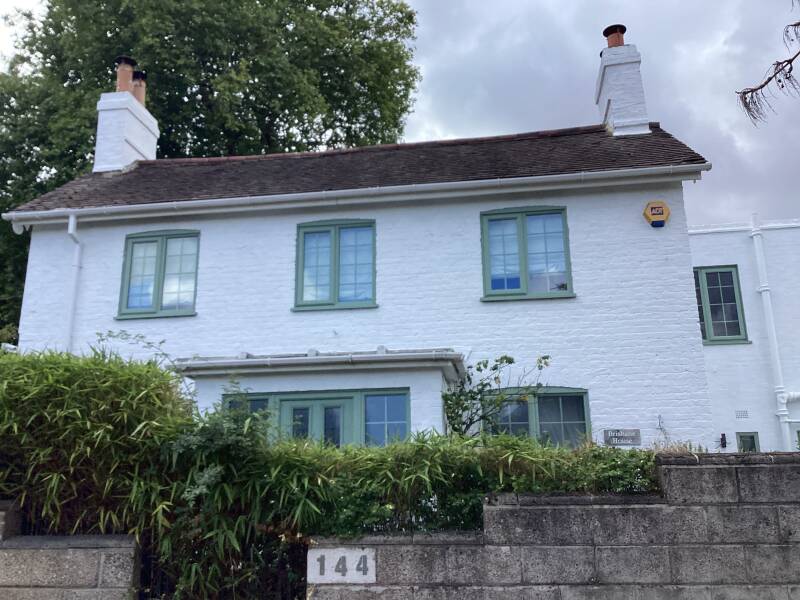
Old milestones & suburbial houses
This stone milestone, erected by the New Cross turnpike trust
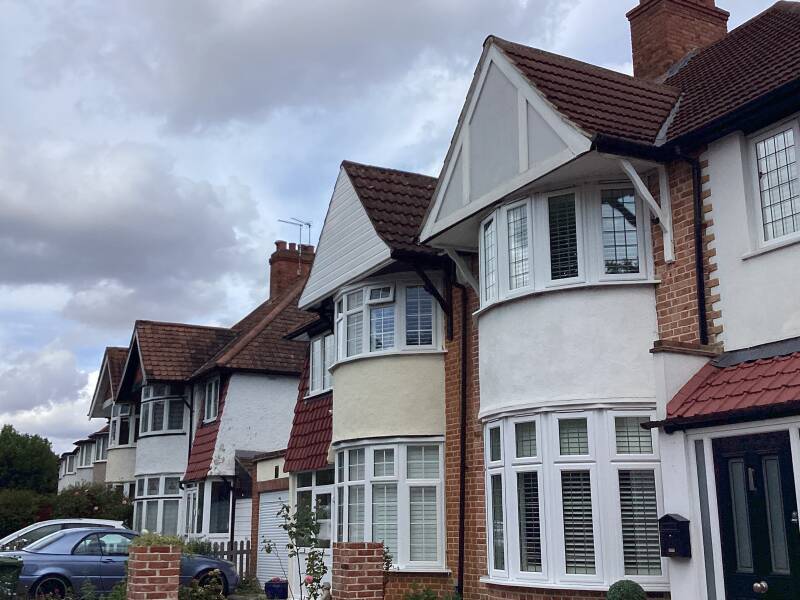
NEW ELTHAM
METROPOLITAN DRINKING FOUNTAIN & CATTLE TROUGH ASSOCIATION
HORN PARK
Green Lane
Broad Lawn
FAIRY HILL PARK
Crossmead

Welcome to MOTTINGHAM!


The straddles the border of the London Borough of Bromley, the London Borough of Lewisham and the Royal Borough of Greenwich. It is located southwest of Eltham, 1+1⁄2 miles (2.5 kilometres). It was historically within the county of Kent.
The earliest records of Mottingham are from 862 AD during the Anglo-Saxon era when it was recorded as Modingahema, which means the land of Moda's people. Or is it from the Saxon words modig, proud or lofty, and ham, a dwelling?.
In King Edward the Confessor's confirmation of the gift of Elthruda, King Alfred's niece, of the manor of Lewisham and its appendages, to the abbey of St. Peter's, at Ghent, in Flanders, in 1044, Modingsham is mentioned as one of them belonging to that manor;
Mottingham was originally a farming hamlet, with a few large houses on Mottingham Lane, one of them Fairy Hall. Development began in the mid-19th century with the building of cottages on what is now Mottingham Road and the Terrace shops. Mottingham station opened in 1866, but was originally named for Eltham. In the 1880s the West Park estate, housing intended for the middle class, was developed and St. Andrew's church was built between the station and the village
The opening of the Sidcup arterial road in 1923 led to suburban development at Mottingham, with the London County Council creating the Mottingham estate, with 2,000 houses, schools and shops, on Court Farm. The estate opened in 1935. The King and Queen pub, later used as a performance venue, opened in 1937; it was replaced by housing in 1992.
Mottingham was originally a hamlet in Eltham parish, in the Blackheath hundred of Kent. In 1840 it was included in the Metropolitan Police District by the Metropolitan Police Act 1839. In 1866, the same year the station was opened, Mottingham was separated from Eltham as a distinct civil parish.[4][6] In 1881, the parish had a population of 779 and covered an area of 642 acres (260 hectares).
When the County of London was created in 1889, Mottingham was excluded from the new county and formed a protrusion of Kent, bordering London to the west, north and east. From 1894 to 1934, it formed a 'detached part' of Bromley Rural District and had its own parish council.[7] In 1931, the parish had a population of 2,120. In 1934, the rural district and the Mottingham civil parish were abolished and the area was transferred to Chislehurst and Sidcup Urban District.[8] In 1965, the urban district was abolished and the area was transferred from Kent to Greater London, to form part of the London Borough of Bromley.
Mottingham village contains a sign depicting Eltham College within the branches of a tree, a cricket bat and ball (making reference to W G Grace) and the date AD 862.
THE TARN. Enjoy the former Starbuck’s…pond
consisting of a public garden, a bird sanctuary nature reserve and a lake amongst woodland. The woodland and lake, which was historically known as Starbuck's Pond, were previously the southern part of the Great Park, one of three parks belonging to the estate of Eltham Palace and used as a royal deer hunting park for several centuries up until the English Civil War
opened in 1935, after the Metropolitan Borough of Woolwich acquired the site from the adjacent Royal Blackheath Golf Course. The Tarn remains largely unchanged since the 1930s and contains several shelters, benches, a public toilets building and a circular path which crosses a wooden footbridge spanning the lake.
Since 1903, the lake itself has been referred to as The Tarn,[2][9][10] before this time it was called Starbuck's Pond,[9][10]although this name is no longer in use, there is a residential cul-de-sac road named Starbuck Close approximately 600 m (660 yd) northeast of the lake, on the other side of Royal Blackheath Golf Course. The Lake drains into a natural stream on the west side keeping the name Little Quaggy, which flows west from the lake, and joins the River Quaggy
BIRD SANCTUARY
ICE WELL
a historical ice house, constructed around 1760, located in The Tarn park in Mottingham, South East London. It was built to store ice cut from the nearby lake to supply Eltham Lodge. This underground, domed-roof structure is a brick-lined relic of pre-refrigeration day
Court Road
ST.ANDREW’S Church
The first church in Mottingham was St Andrew's Church on Court Road, which was established in 1884 and further helped establish Mottingham as separate from Eltham
Mottingham Road
Former MARTIN’S BANK
ALMSHOUSES
Sir Robert Geffrye's almshouses on Mottingham Road were built by the Ironmongers' Company in 1912 to replace the almshouses in Hoxton that are now the Museum of the Home; they were remodelled by the Greater London Council and additional housing built in the grounds.
WAR MEMORIAL
Mottingham Lane
ELTHAM COLLEGE
independent day school for girls and boys 7–18, founded in 1842 as the London Missionary Society's School for the Sons of Missionaries, has been housed since 1912 in the former Fairy Hall in Mottingham, which had earlier been the Royal Naval School from 1889 to 1910
FARM - RIDING SCHOOL
Cricketer GRACE lived here
THE DUTCH HOUSE café & restaurant
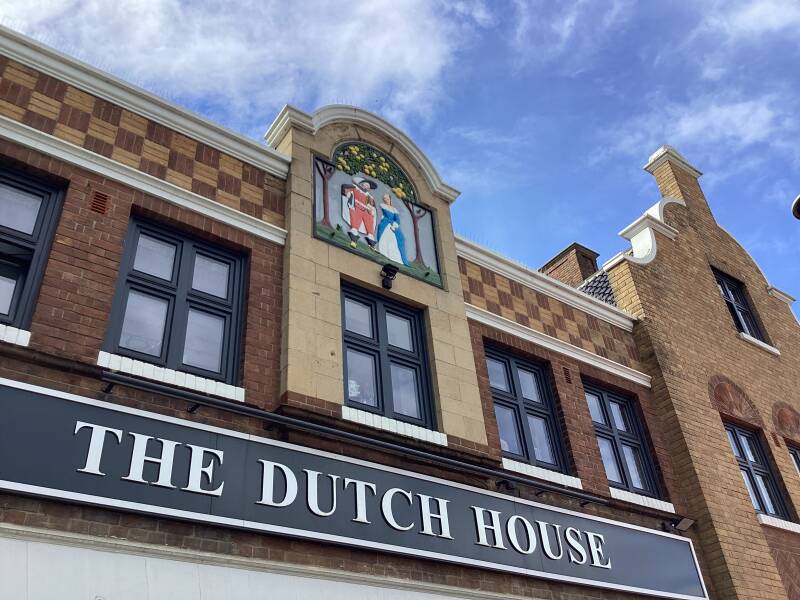




built in the 1930s to serve the new Horn Park Estate. The brewers engaged a team of Woolwich architects and sent them to Holland to learn and imitate the Dutch style of building. The imposing 1930s road house with splendid Flemish architectural features had a very large car park which made it a popular meeting place for bikers in the 1950s and 60s
Alnwick Road
Alnwick is a historic market town in Northumberland, England, famous for Alnwick Castle, the ancestral home of the Dukes of Northumberland and a filming location for the Harry Potter films. The town features medieval architecture and cobbled streets, with attractions including the Alnwick Garden and a weekly market. It's a great base for exploring the nearby Northumberland coast and countryside.
Horncastle Road
Horncastle is a historic market town in Lincolnshire, England, renowned as the "Antiques Capital of Lincolnshire" due to its numerous antique shops. The town, located in the East Lindsey district near the Lincolnshire Wolds, was once a Roman settlement
Woodyates
Woodyates is a hamlet, sometimes considered a village, in the civil parish of Sixpenny Handley and Pentridge, in the county of Dorset, near its border with Wiltshire, in the west of England.
The Pitt estate contained an important coaching inn, once called the Woodyates Inn, later renamed the Shaftesbury Arms.[1]This was a staging point of the Trafalgar Way (a modern confection), celebrating the 1805 journey by John Richards Lapenotièreto bring the news to King George III of Nelson's victory and death at the Battle of Trafalgar. A commemorative plaque is now displayed.
Burnt Ash Hill
Welcome to LEE!
LEE GREEN area




While modern Lee is centred on Lee railway station and the road of Burnt Ash Hill, the parish was based around Lee High Road which today stretches into the town centre of Lewisham. The River Quaggy formed much of the boundary between the two parishes, though at Lee Bridge (at the western end of Lee High Road).
The Domesday Book of 1086 describes Lee as a small area of cultivation set in extensive woodland.[4] The earliest map available (Rocque's Country Near Ten Miles Round map of 1746) shows a cluster of about a dozen houses around a triangular village green. This hamlet was then largely surrounded by fields, with the Wricklemarsh estate of Sir Gregory Page to the north, and a manor house (Lee Place)[5] to the north-west, with St Margaret's Church just beyond.
SEE CHAPTER FOR FULL INFORMATION
Holme Lacey Road
Holme Lacy is a village and civil parish in the county of Herefordshire, England. The population of the civil parish was 466 at the 2011 census
Manor Lane
MANOR HOUSE GARDENS
The old MANOR HOUSE



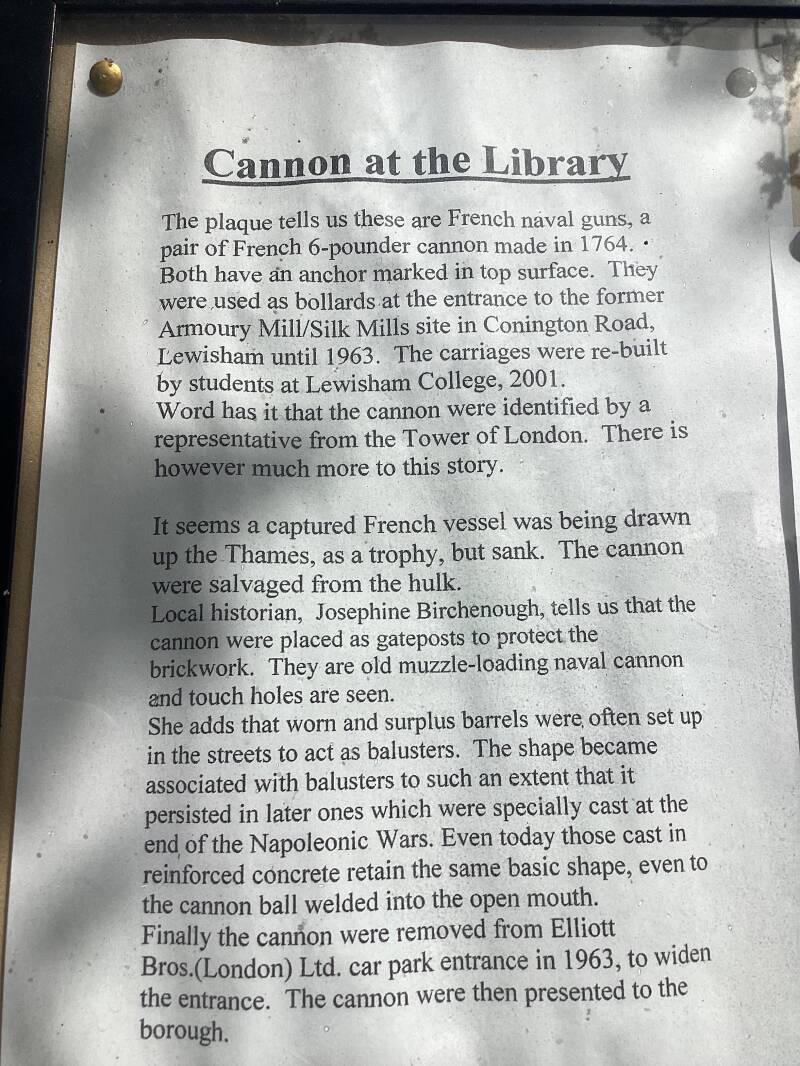
Welcome to HITHER GREEN!


